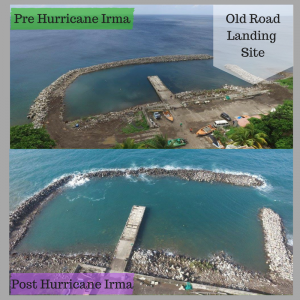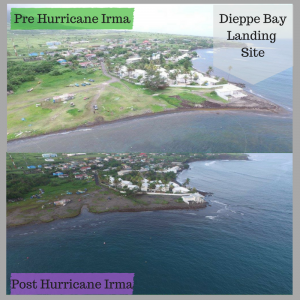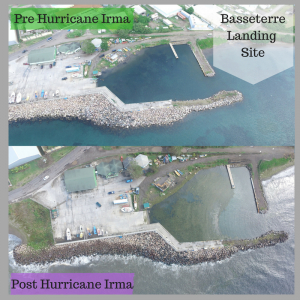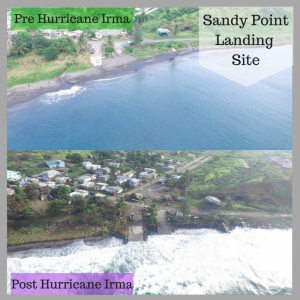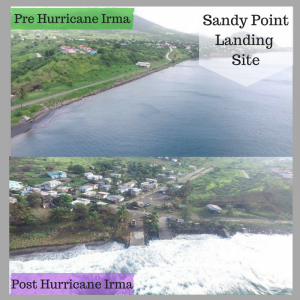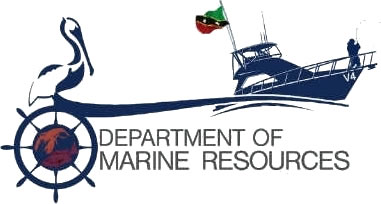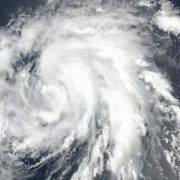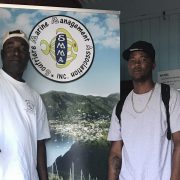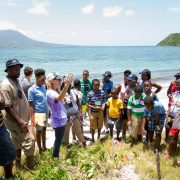Impact of Hurricane Irma on fish landing sites
September 6th 2017, the record breaking category 5 Hurricane Irma forced her way through the Leeward Islands like a bulldozer demolishing not only the landscape but the coastline of these islands.
Irma’s recorded maximum wind speed hit 185 mph on Wednesday, with some gusts of wind moving as fast as 215 mph. High speed winds formed large waves, which when reaching the coast, they no longer have the deep ocean to continue the cycle hence pushing waves onto the land, known as storm surges. The National Oceanic Atmospheric Administration (NOAA)’s website has defines storm surge as an abnormal rise of water generated by a storm, this is usually above and over the normal or predicted ocean tide.
Traditionally, our fish landing sites are found along the coastlines of St.Kitts and Nevis. The major landing sites in St. Kitts are Dieppe Bay, Sandy Point, Old Road and Basseterre. The major landing sites in Nevis are Newcastle, Charlestown and Indian Castle.
Without barriers of protection the coastlines are vulnerable to the effects of storm surges. Barriers such as coral reefs act as buffers that help waves to break in the ocean before they reach land. As a buffer, the reefs reduce the impact that the waves and storms have on the land. When storm surges have direct impact on the coastline then beach erosion can occur. In this case, beach erosion can cause the removal of sand from the beach by currents or waves. The photos below highlight the damage to the coastlines of local landing sites by Hurricane Irma.
